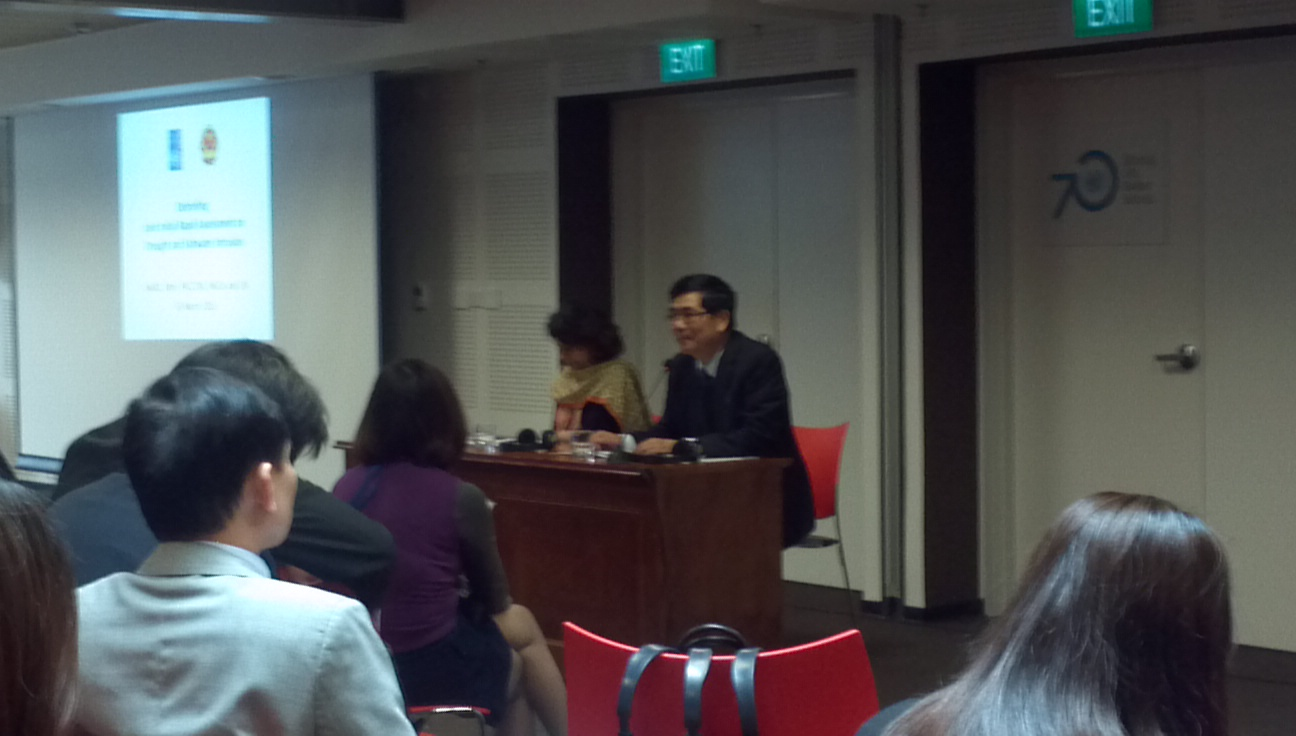After the meeting on the 15th of March, 2016 at Ministry of Agriculture and Rural Development (MARD) on drought, salinity intrusion, response, cooperation and support activities, 6 agencies implemented the rapid need assessment in Ben Tre, Ninh Thuan, Binh Thuan, Gia Lai, Kon Tum and Kien Giang. The Joint Assessment Team (JAT) included representatives of Ministry of Agriculture and Rural developemtn (MARD), Ministry of Health (MoH), People’s Aid Coordinating Committee (PACCOM), UN and INGOs. The assessment was conducted from 21-24 March 2016.
The objectives of the JAT was: identifying priority of humanitarian needs of the communities at the Central Coast area, Highland area and Mekong Delta; Outlining the general impact of drought and salinity intrusion on communities; especial the impacts on agriculture, food production, health, education and women.
The objectives of the JAT was: identifying priority of humanitarian needs of the communities at the Central Coast area, Highland area and Mekong Delta; Outlining the general impact of drought and salinity intrusion on communities; especial the impacts on agriculture, food production, health, education and women.
The JAT’s Report had indicated the humanitarian priority such as1,526,798 people have emergency needs of clean water; 188,851 people need support for food (at Gia Lai, Ninh Thuan provinces), control and identify the areas that have dengue, diarrhea and foot-and-mouth disease.
which consist of supplying and storing clean water, promoting the prevention of seawater intrusion, planning for reservoir development at province level, training job, drought-resistant crops, strengthening awareness of people about disaster and sanitation
The JAT’s team in Kien Giang province shared some issues such as: awareness of people about the situation of drought and health, the infrastructure and capacity of local health agency are poor and weak, the most vulnerable group is poor people.
The JAT’s team in Ninh Thuan province shared that the local community had tried their best to maintain until the rain in June. There are about 130.000 people need support for food and other necessity products. The underground water system was limited; some wells had no water although digging to 100 meter deep. There is a vocational institution with about 170 students.
The questions focus on the government’s response plan in short term and long term, activities to recovery the crop, industrial plants, issues of the upstream of Mekong Delta…
 |
Mr. Cao Duc Phat – Minister of MARD informed that the issue in the Mekong river basin, the first reason is due to Vietnam had been heavily influenced by the El nino phenomenon, so the rainfall in the area decreased about 20% - 30% compared to the same period last year. The reservoirs had been built at the upstream areas also make the situation more badly. Therefore, Vietnam should enhance cooperation, support and sharing with international community, especially with countries within the Mekong River Basin. On the other hand, it is essential to promote the planning and management of reservoirs to response actively to disaster. Currently, China has discharged about 2.200m3/s of water, Laos has discharged about 1,100 m3/s of water on the Mekong River Basin and the water will arrive Vietnam in March 30, 2016, contributing to repel salinity intrusion and reduce drought. The government has carried out possible activities to support people and the local authorities to deal with drought and saltwater intrusion from September 2015. There have been many recommendations and guides for people to response to drought and salinity intrusion such as water pipelines stretching to households, transferring to drought-resistant crops and shift farming model to the combined model as well as support people to apply new technologies (such as water saving irrigation technology of Israel which has been pilot in Dak Lak and saved about 30% of water) and vocational training issues need to pay attention to local characteristics. Drought is not only due to water in upstream areas, but also deforestation in upstream areas, as well as farming culture of ethnic minorities, urban development and health.
Mr. Cao Duc Phat, on behalf of the government would like to thank for the cooperation and support from UN and national and international organizations that help to response to drought and salinity intrusion in Central Coast area, Highland area and Mekong Delta and proposes to increase the cooperation in the future.
Detail of report and presentation will be updated here.